
Janice Bryant Howroyd was born in 1952 in North Carolina, one of 11 siblings. She attended North Carolina Agricultural and Technical State University and graduated with a degree in English in 1976.
After graduation, Howroyd moved to Los Angeles to pursue her dream of becoming a teacher. She started out as a part-time temporary clerical worker at Billboard Magazine, where she discovered her talent for placing the right person in the right job. She soon started her own staffing agency, ACT-1 Personnel Services, in 1978 with just $1,500 in her pocket.
Starting from scratch, Howroyd built ACT-1 Personnel Services into a multimillion-dollar staffing agency that provided workforce solutions to companies across the United States and globally. Her focus on providing personalized service and cultivating long-term relationships with clients and employees set her apart from the competition.
Howroyd's success was not without its challenges. As a Black woman in a male-dominated industry, she faced discrimination and skepticism from some of her peers and clients. But she persevered, leveraging her deep knowledge of the industry and her unwavering determination to break through barriers and succeed.
Over the years, Howroyd has received numerous awards and recognition for her leadership and entrepreneurship, including being named one of the "50 Most Powerful Women in Business" by Black Enterprise magazine and one of the "100 Most Influential Women in America" by The National Council for Research on Women.
In 2014, Howroyd made history when she became the first African American female billionaire, with a net worth estimated at $1.1 billion, according to Forbes. She continues to be a trailblazer in the business world, promoting diversity and inclusion and giving back to her community through philanthropic endeavors.
Janice Bryant Howroyd's success story is an inspiration to all who aspire to break through barriers and achieve their dreams. Her commitment to hard work, persistence, and entrepreneurship has enabled her to overcome obstacles and become a role model for future generations of business leaders.







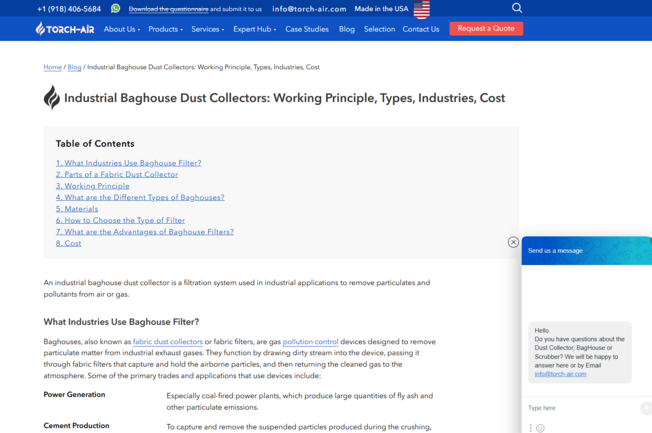


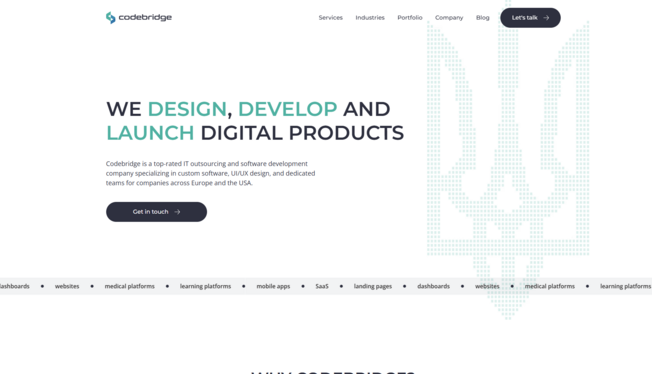
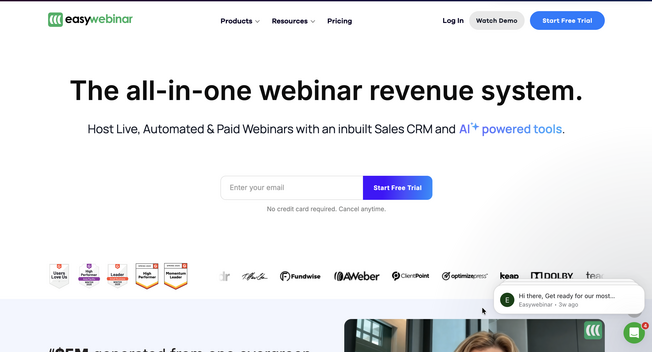


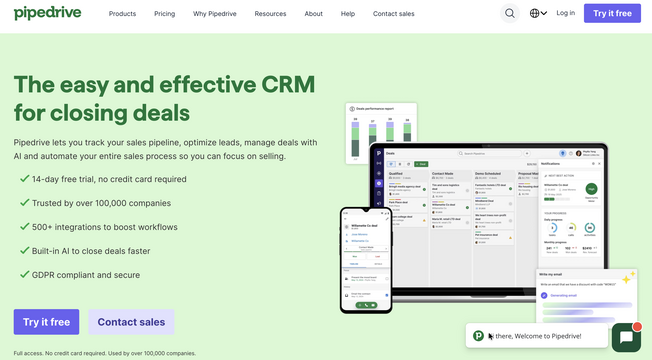
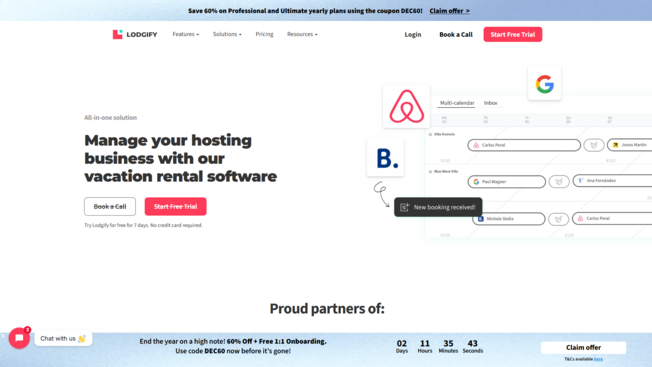

Leave a Reply